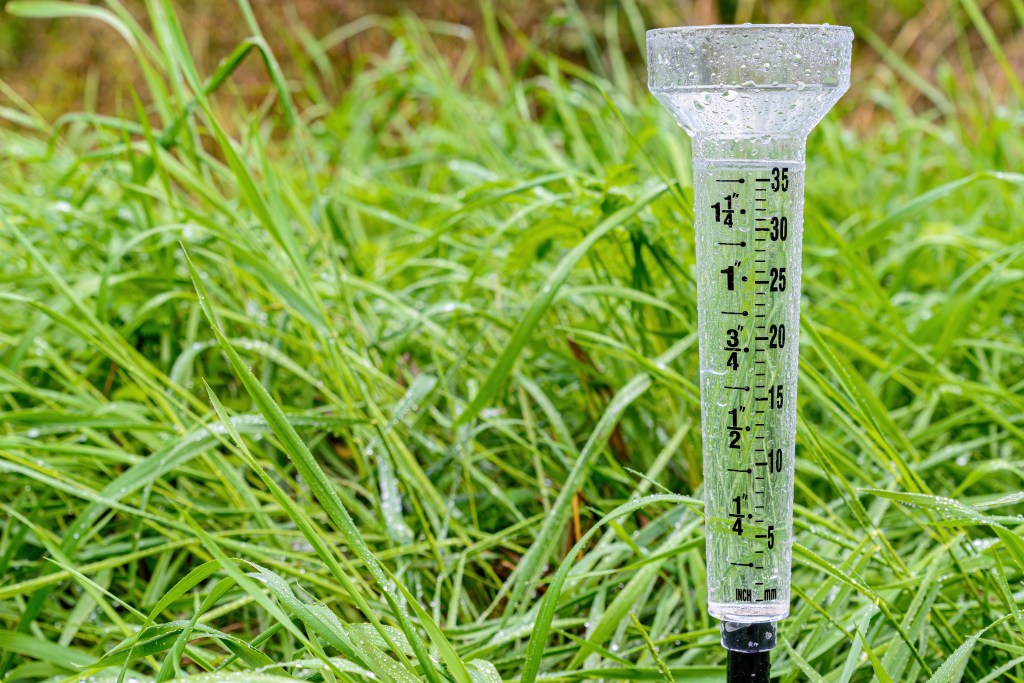Discover the very best Rain Gauge for Accurate Weather Measurement and Projecting
Wiki Article
Introducing the Science Behind Rain Determines: How These Tools Play an Important Duty in Climate Research Study and Ecological Monitoring
Rainfall determines, apparently simple devices, hold an extensive value in the world of environment study and ecological tracking. As we peel back the layers of this scientific veil surrounding rain gauges, we reveal a globe where accuracy, data accuracy, and meticulous monitoring merge to reveal a deeper understanding of our changing environment and its influence on the world.Value of Rain Gauges
Rainfall assesses play an essential role in surveillance and gauging precipitation degrees, giving crucial information for environment research study and analysis. These tools are essential in measuring the amount of rains that happens in a specific location over a specific period. By accumulating and determining rain, rainfall determines offer valuable understandings into the circulation and intensity of rainfall, aiding meteorologists, hydrologists, and climatologists in recognizing weather condition patterns and fads.
Among the essential reasons that rain gauges are critical is their capability to provide precise and localized data. Unlike satellite or radar-based dimensions, which provide more comprehensive observations, rainfall gauges offer specific information details to the location where they are put. This localized data is essential for various applications, consisting of flooding forecasting, dry spell surveillance, and water resource monitoring. Additionally, long-lasting information accumulated from rain assesses aids in evaluating environment modification effects and patterns, adding considerably to clinical research study and decision-making processes. Basically, rainfall evaluates act as necessary tools in the field of weather forecasting and ecological science, playing a critical function in progressing our understanding of climate and climate dynamics.
Kinds Of Rainfall Gauges

Capability and Procedure
In the world of environment research study and meteorological studies, the efficiency of rain gauges hinge on their detailed functionality and precise operational mechanisms. Rain determines are created to precisely determine the amount of rainfall that falls over a particular area during a collection period. These devices commonly consist of a channel that accumulates rainwater and networks it right into a measuring tube. The measuring tube is noted with calibrated dimensions that enable for the accurate metrology of rains.The performance of rain assesses is based upon the principle of accumulating and determining rain in a standardized way. This collected data is critical for understanding regional weather patterns, tracking lasting environment trends, and assessing environmental impacts. To ensure exact measurements, rain evaluates requirement to be strategically positioned in open locations far from obstructions such as buildings or trees that could conflict with the collection procedure.
The functional facet of rainfall determines includes regular upkeep to prevent particles accumulation, calibration checks to preserve dimension precision, and information tape-recording for evaluation (rain gauge). In general, the functionality and operation of rain evaluates are necessary for collecting dependable rainfall data vital to climate research and ecological monitoring
Function in Environment Study
Offered the important relevance of precise rainfall measurements in understanding weather condition patterns and ecological impacts, the role of rainfall gauges in environment study is official website indispensable. Rain gauges give necessary data for climate research by measuring the amount of precipitation that drops over a particular area throughout an offered duration. This data is essential for keeping track of long-lasting fads in precipitation patterns, examining the effect of environment adjustment on rainfall circulation, and improving environment designs.
Environment scientists utilize information accumulated from rain evaluates to examine variants in rainfall degrees, recognize local climate patterns, and review the effectiveness of water source management methods. By comparing historical rainfall information with current dimensions, scientists can identify shifts in rainfall patterns, such as changes in the regularity or intensity of rainfall occasions. This info is vital for recognizing how Click This Link environment modification is affecting precipitation characteristics and can assist policymakers make notified decisions regarding adjustment and mitigation approaches.
Applications in Environmental Tracking
In flooding projecting, rainfall scale information aids to track rainfall intensity and distribution, permitting authorities to provide prompt cautions and take essential measures to alleviate flooding dangers (rain gauge). Drought tracking relies upon rain scale information to assess dampness degrees in the dirt and track rainfall deficiencies, assisting in the identification of drought-prone areas and the application of dry spell feedback techniques
Furthermore, rainfall gauge data plays an important function in water source administration by supplying information on water availability and usage patterns. This data is made use of to make educated choices relating to water allotment, preservation measures, and sustainable water resource planning. Additionally, in agriculture, rainfall scale information helps farmers in enhancing watering routines, crop option, and total ranch management practices based on regional precipitation patterns. Generally, rain determines are vital tools in ecological monitoring, supplying important understandings that add to educated decision-making and lasting next page resource management.
Verdict
In final thought, rainfall gauges are necessary tools for determining rainfall, giving valuable information for climate research study and ecological surveillance. With numerous kinds and functionalities, rain evaluates play a crucial role in understanding precipitation patterns and their influence on the atmosphere. By precisely determining rains, these gadgets add to the advancement of scientific knowledge and assistance in making notified decisions pertaining to water source monitoring and disaster preparedness.Rain assesses play a crucial duty in tracking and measuring rainfall degrees, supplying vital information for environment research study and evaluation. The conventional rainfall gauge, recognized as the "tipping container" scale, is one of the most generally used gadgets. Ultrasonic rain evaluates use audio waves to identify the existence of rain, providing real-time data on rainfall degrees.Climate researchers make use of information gathered from rain determines to examine variations in precipitation levels, recognize local climate patterns, and evaluate the performance of water resource monitoring methods.In conclusion, rain gauges are necessary tools for gauging precipitation, supplying important information for climate research study and environmental tracking.
Report this wiki page